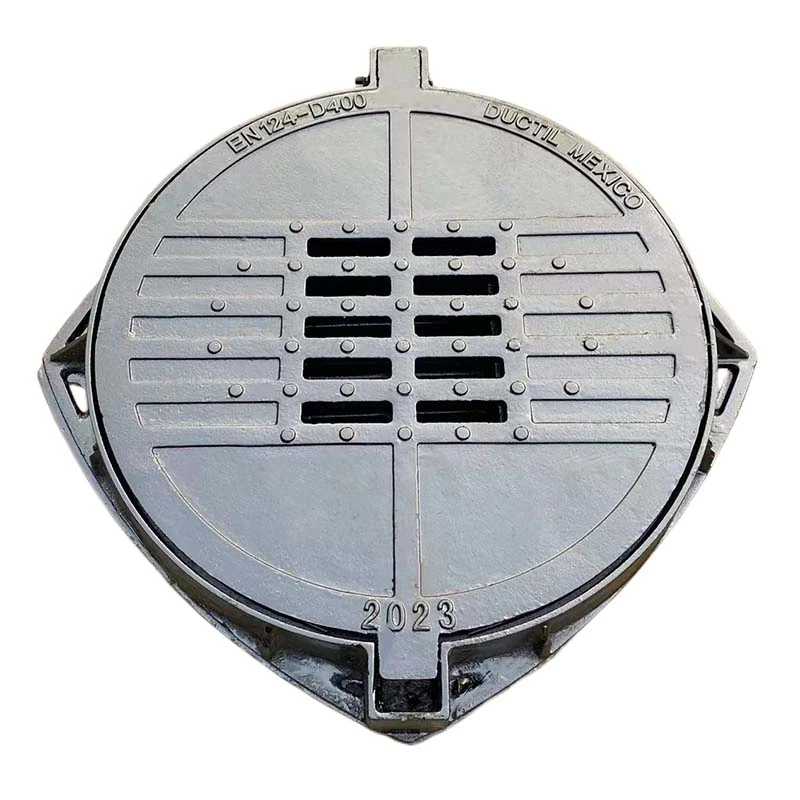Exploring the Purpose and Design of Urban Bollards in Public Spaces
A Bollard An Unsung Hero of Urban Infrastructure
In the bustling environment of modern cities, where heavy traffic and crowded sidewalks intersect, there's an often-overlooked component that plays a crucial role in ensuring safety and order the bollard. These seemingly simple structures are not merely aesthetic additions to urban landscapes; they serve a myriad of functions that protect pedestrians, define spaces, and enhance the overall functionality of our urban environments.
Bollards come in various shapes, sizes, and materials, from classic cast iron designs to sleek modern variants made of stainless steel or recycled plastics. Their primary purpose is to serve as physical barriers, preventing vehicle access to specific areas while allowing pedestrians to traverse those same spaces safely. Whether they line the edges of parks, sidewalks, or pedestrian-only zones, bollards act as guardians against unintended vehicular encroachments.
A Bollard An Unsung Hero of Urban Infrastructure
One of the most important roles of bollards is their contribution to public safety. In recent years, cities around the globe have witnessed a concerning trend of vehicular attacks in crowded areas. In response, many urban planners and design experts have advocated for the installation of more robust and strategically positioned bollards to deter such threats. By implementing enhanced security bollards, municipalities significantly reduce the likelihood of vehicles entering high-density pedestrian zones, thus protecting innocent lives.
a bollard

Besides safety, bollards also serve the functional role of delineating space. They are essential in managing traffic flow and directing pedestrians away from potential hazards, such as busy roadways. In many cities, bollards mark the boundaries between pedestrian walkways and vehicle lanes, ensuring that people can navigate the urban environment safely. Furthermore, they can inhibit illegal parking, thereby enhancing the overall organization of traffic in crowded areas.
The aesthetic appeal of bollards should not be underestimated. As cities develop their unique identities, many have started to incorporate artistic designs into their public fixtures, including bollards. Customized bollards can feature local motifs, colors, or even interactive elements that engage the public. Such creative initiatives breathe life into urban spaces, transforming practical barriers into works of art that contribute to a city’s cultural narrative.
Moreover, the adaptability of bollards is one of their greatest assets. They can be removable or retractable, allowing cities to alter their configurations according to specific events or emergencies. For example, bollards may be temporarily removed for parades, festivals, or other public gatherings, only to be reinstalled afterward, ensuring that the space can be utilized fully while still maintaining safety protocols.
As urban environments continue to evolve, the role of bollards is likely to expand further. With the rise of smart cities, there's potential for integrating technology into bollards—such as LED lighting for visibility at night, sensors to monitor pedestrian traffic, or alerts for emergency services. These advancements could revolutionize how we interact with our surroundings, providing real-time data to manage urban spaces more efficiently.
In conclusion, while oftentimes overshadowed by larger architectural elements, bollards are indispensable to the fabric of city life. They are the unsung heroes of urban infrastructure, seamlessly blending functionality, safety, and aesthetics. As cities grow and change, the humble bollard will remain a fundamental element in shaping safe, organized, and inviting public spaces, proving that even the simplest structures can have a profound impact on our daily lives.
-
The Smarter Choice for Pedestrian AreasNewsJun.30,2025
-
The Gold Standard in Round Drain CoversNewsJun.30,2025
-
The Gold Standard in Manhole Cover SystemsNewsJun.30,2025
-
Superior Drainage Solutions with Premium Gully GratesNewsJun.30,2025
-
Superior Drainage Solutions for Global InfrastructureNewsJun.30,2025
-
Square Manhole Solutions for Modern InfrastructureNewsJun.30,2025
-
Premium Manhole Covers for Modern InfrastructureNewsJun.30,2025
